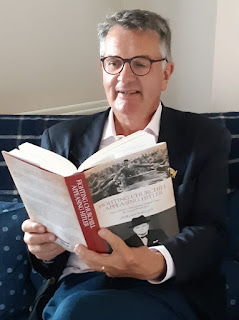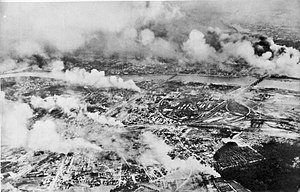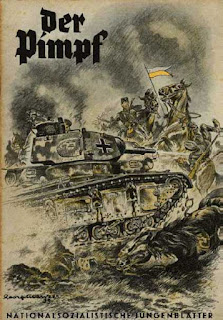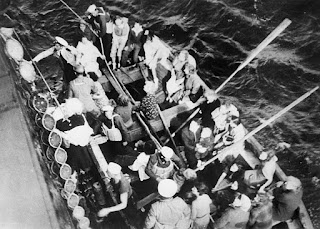Posts
Showing posts from September, 2019
Printed copies of the new book have arrived!
- Get link
- Other Apps
Eighty years ago, Warsaw follows Guernica into the list of cities martyred by bombing
- Get link
- Other Apps
Eighty years ago, German propaganda creates a legend whilst Stalin reaps the rewards of utmost cynicism
- Get link
- Other Apps
Eighty years ago, Britain and France fight an imaginary war whilst the U-Boats fight a real one
- Get link
- Other Apps



